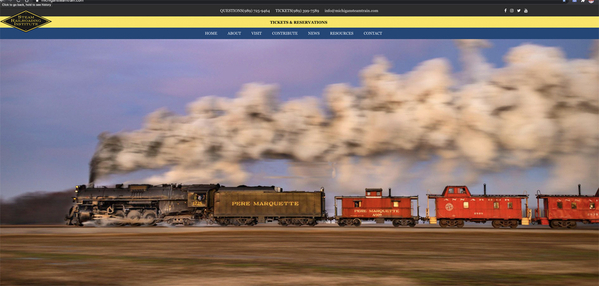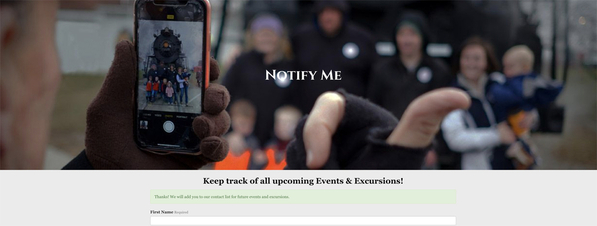Has anyone ever done this? Yes.
Is it possible to do this today without being a railroad employee? Is it even possible if you are such an employee?
No, and no.
Wouldn't it be fun to ride in a caboose (the crummy) with your favorite train buddy, drinking coffee or your favorite beverage, at the end of a 100 plus car freight train for 1,000 or more miles?
Not while the train was moving, Arnold. A cup of coffee in a moving caboose meant using a stainless steel unbreakable thermos to very quickly pour coffee into the screw-on cup, and then quickly drinking it. It was function, not like drinking a cup at home or in a cafe.
Of course, you would bring along some good food to cook on the stove in the caboose during such a long freight train ride, maybe bacon and eggs, hamburgers and hot dogs, etc.
Well, again, NOT during the ride. A pan on the stove, even with a railing around the top, could be violently moved at any moment, and, even if it didn't fly off the stove, the contents could go all over. There were a few men who cooked on the fly in a really heavy cast iron Dutch oven, often secured on the stove with bailing wire, but not many did.
And, you would want to climb up into the cupola (sp?) to get the best view of the landscape rolling by, which could be breathtaking in certain sections of this beautiful country.
The view was good, it's true, but you would want to have your feet braced against the front wall of the cupola at all times, and, in cabooses so equipped, you would want to wear the seat belt.
I don't mean to throw cold water on a good daydream, Arnold, and it really sounds nice. In reality, though, at most times when the caboose was in motion, the crew members had to protect themselves from sudden slack action which, if they were to fall or lose their balance and run into something, could result in an injury. Cabooses typically had poles and/or posts and overhead railing inside so that a man walking on the floor could remain prepared for slack. When the train was moving on a constant ascending grade for a distance, there was not a lot of risk, but, when the engine reached the crest of the grade, the potential for run-ins and run-outs of slack resumed. Cooking, drinking coffee, and eating a meal, were best done while the caboose was stopped. Same goes for restroom functions.








